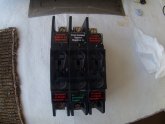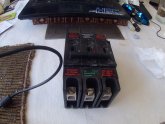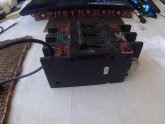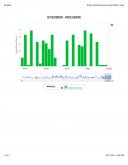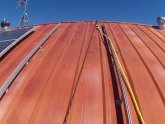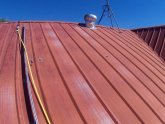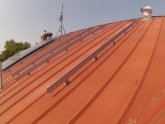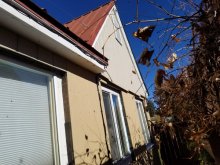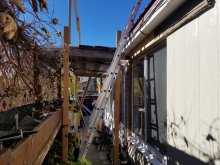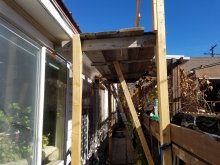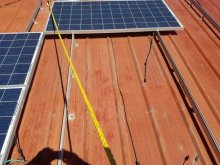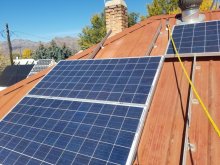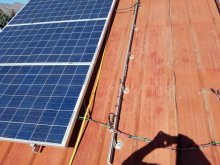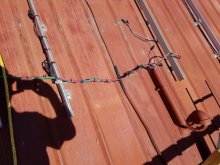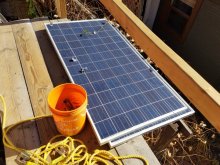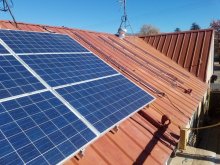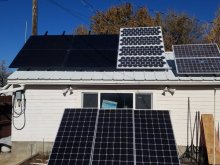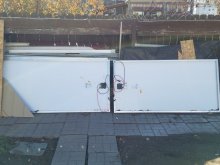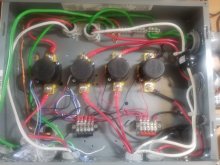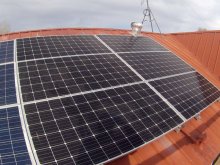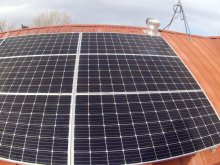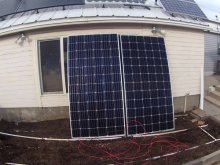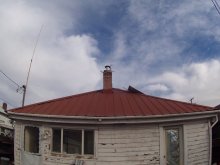dougbert
Solar Addict
Thanks for sharing. Obviously you ARE a serious hobbyist! Your updating and "cleaning up" of wiring etc. is awesome.d
Good luck down the road.
yeah I guess so
can't chase skirts for various reasons, so this keeps me home
thanks
I am a software geek, and I love the tech in this "hobby with benefits", especially as it has evolved over the past 20 years.
One of the benefits is below
Today is the last day of this past month's billing cycle, here is the LAST MONTH's break down for the next bill
Bought-kwh | Generated-kwh | Percent of power Generated at home |
306 | 492.37 | 61.67% |
0.0833 | | |
$25.49 | $41.01 | Savings to the left |
$13.70 | | |
$3.58 | | |
$42.77 | $83.78 | What my bill would be without solar |
| | |
.0833 is the dollar cost per kwh
$25.49 is what I paid for the energy I bought
$13.70 is the monthly fee - will never go away, but will rise to $15.50 in a couple of years
$3.58 is the various taxes
Next month we shall see the effect the extra panels have on the grid bill
Instead of buying a $50,000 pickup, I spent $17,000 to rebuild a 1984 GMC K1500 pickup (avatar pic) with a 2002 Silverado LS 5.3 engine, and built a $20,000 solar generator over the pass 20 years and I am still ahead.
Both have nice "benefits"
Last edited:




